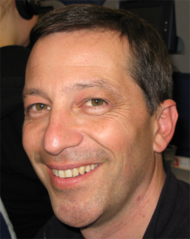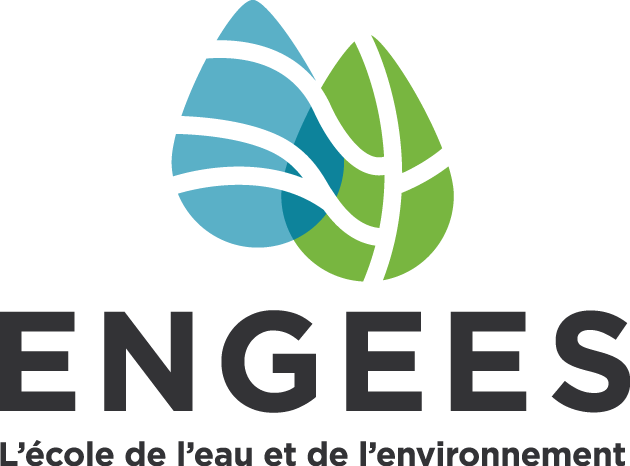Les enseignements que je dispense à la faculté de géographie de l’université de Strasbourg se répartissent selon deux axes principaux :
- L’axe 1 porte sur des thèmes proches de mes recherches. Il traite des problèmes liés à la production énergétique et à ses conséquences sur le changement climatique et la pollution de l’air ainsi que sur les stratégies à mettre en œuvre. Il consiste en un cours de première année de Master s’intitulant « Air, Climat, Energie ».
- L’axe 2 porte sur les Statistiques et Mathématiques appliquées à la géographie. Il consiste en trois cours de Statistiques (en deuxième et troisième année de Licence et en première année de Master) et un cours de Mathématiques (en deuxième année de Licence).
Encadrement de thèses:
En préparation :
Guevara, M.:, Integrated assessment of energy strategies and their impact on air pollution, Thesis from université de Strasbourg.
Terminées:
Cuéllar Álvarez, Y.,2022: Desarrollo de una nueva metodología de evaluación integrada para diseñar y seleccionar las mejores estrategias de reducción de las emisiones del transporte urbano de pasajeros, Thesis from universidad nacional de Colombia (Bogota).
Madrazo, J., 2018: Alternative Methods for Assessing Air Quality and Energy Strategies for Developing Countries: A Case Study on Cuba, Thesis from EPFL n° 9010.
Minarova, J., 2017: Extreme precipitation in low mountain ranges in central Europe: a comparative study between the Vosges and the Ore Mountains, Thesis from Strasbourg University.
Kohler, M., 2015: Assessement of building energy requirements: added value of the use of the urban climate modeling, Thesis from Strasbourg University.
Mauree, D., 2014: Development of a multi-scale meteorological system to improve urban climate modelling, Thesis from Strasbourg University.
Sajjad, S. H., 2013: Observation and modelling approaches to study urban climate: Application on Pakistan, Thesis from Strasbourg University..
Ho, Q. B., 2010: Optimal methodology to generate road traffic emissions for air quality modelling: Application to Ho Chi Minh City, Thesis from EPFL n° 4793.
Ho, M. D., 2010: Air pollution from road traffic in Ho Chi Minh City: Estimation of air pollutants emission factors and air quality modeling, Thesis from the Vietnam National University in HCMC n° 62.85.10.01.
Krpo, A., 2009: Development and application of a numerical simulation system to evaluate the impact of anthropogenic heat fluxes on urban boundary layer climate, Thesis from EPFL n° 4428.
Rasheed, A., 2009: Multiscale modelling of urban climat, Thesis from EPFL n° 4531.
Belalcazar, L. C., 2009: Alternative techniques to assess road traffic emissions, Thesis from EPFL n° 4504.
Luong Van Viet, 2009: Studying the effect of urbanization on the atmospheric boundary layer, testing in Ho Chi Minh City, Thesis from the Vietnam National University in HCMC n° 62.85.15.01.
Muller, C., 2007: Improvement of an urban turbulence parameterization for meteorological operarational forecast and air quality modeling, Thesis from EPFL n° 3766.
Zarate, E., 2007: Understanding the origins and fate of air pollution in Bogota, Colombia, Thesis from EPFL n° 3768.
Roulet, Y.-A., 2004: Validation and application of an urban turbulence parameterization scheme for mesoscale atmospheric models, Thesis from EPFL n° 3032.
Junier M., 2004: Gas phase chemistry mechanisms for air quality modeling: generation and application to case studies, Thesis from EPFL n° 2936.
Martilli, A., 2001: Development of an urban turbulence parameterization for mesoscale atmospheric models, Thesis from EPFL n° 2445.






